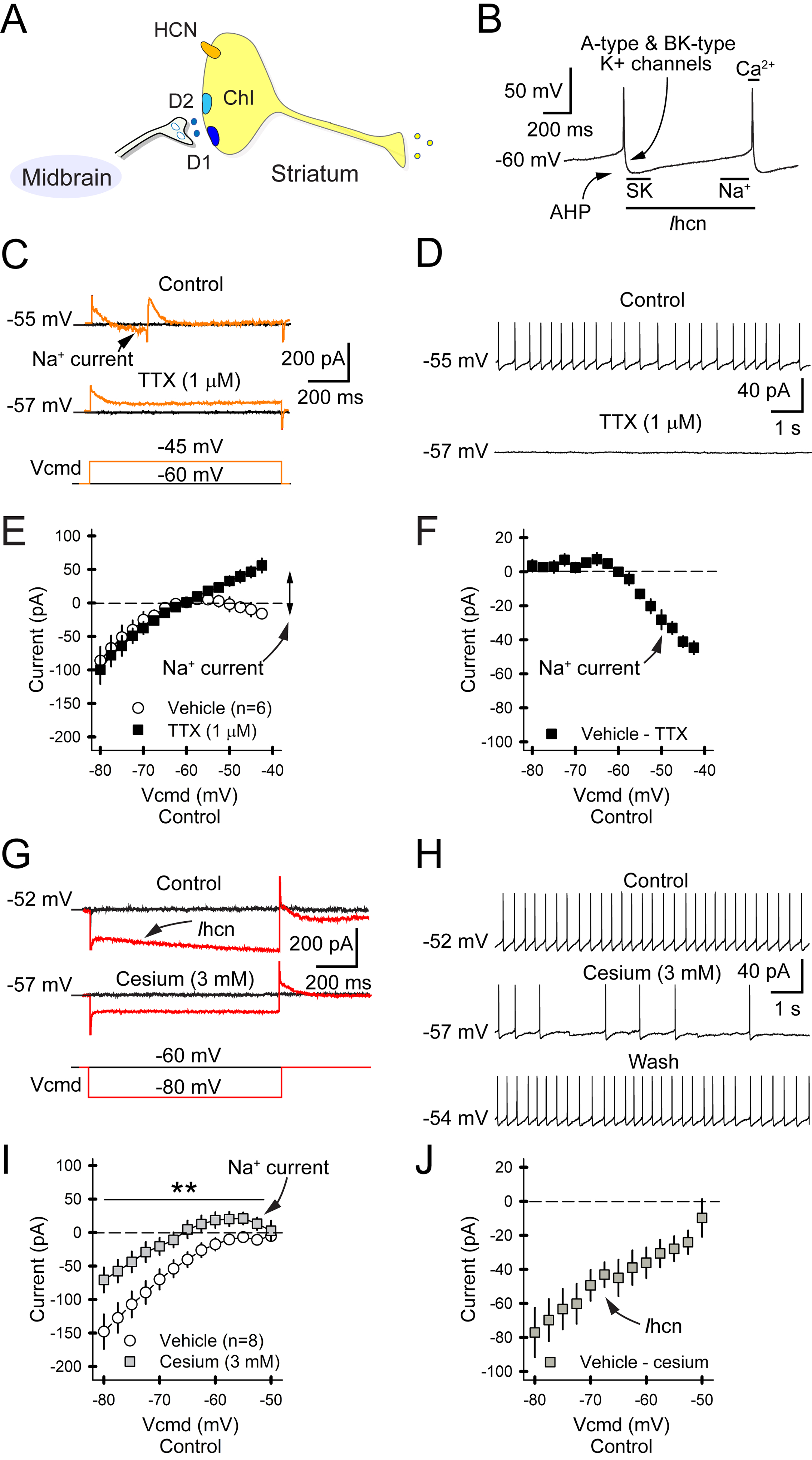Figure 3. HCN channels regulate ChI firing.

A) Simplified ChI with DA receptors and HCN channel. B) The panel illustrates Na+, K+, Ca2+, and Ihcn-dependent firing in ChIs. The Na+ channel generates the spike, which activates Ca2+ channels that shape the AP. A- and BK-type K+ channels promote recovery and hyperpolarization. Spike-driven Ca2+ activates SK channels, producing the after-hyperpolarization potential (AHP). Activation of the HCN channel then carries Na+, K+, and Ca2+ into the cell to produce a depolarizing ramped inward current (Ihcn). C) Traces of a perforated-patch recording in a ChI shows the inward Na+ channel current (upper) in response to a depolarizing current injection (lower). TTX eliminates the inward current (middle). D) Spontaneous firing in a ChI (upper) is abolished by TTX (lower), with no observable washout. E) Whole-cell recordings in ChIs show that depolarizing voltage injections create an inward current that is blocked by TTX. For all panels, n=cells. F) Subtraction of TTX from baseline reveals the Na+ channel current, which increases in response to greater depolarizing voltage. G) The slow relaxation of the membrane current (upper) in response to a hyperpolarizing voltage (lower) is blocked by Cs+ (middle). H) ChI firing (upper) is reversibly inhibited by Cs+. I) Whole-cell voltage clamp recordings show that Cs+ reduces currents in response to ChI hyperpolarization. J) Subtraction of Cs+ from baseline reveals Ihcn that increases in response to greater hyperpolarizing voltages.
